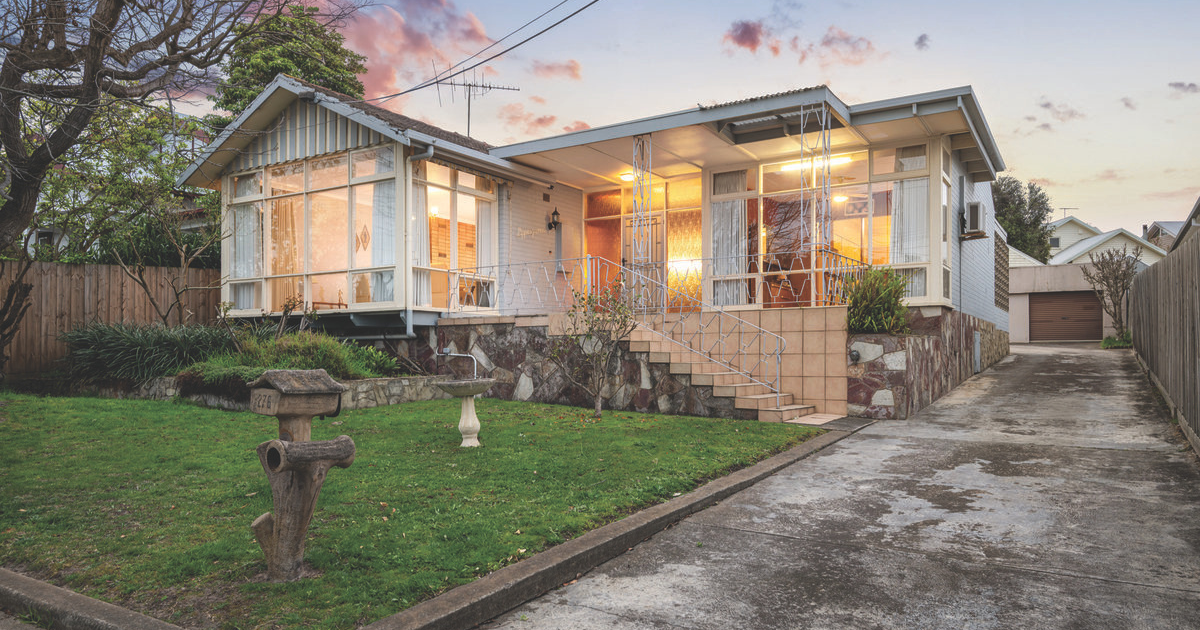Locals feeling the pain as city based buyers move in
Escalating regional property prices and lower wages outside of capital cities are leading to a blow out in the time needed to save for a deposit and the cut of household income needed to pay it off.
That’s according to the 2022 Housing Affordability Report, produced by ANZ and CoreLogic, which found that housing affordability was worsening at a faster rate in regional areas than in the capital cities.
Nationally, the median regional house price was 7.9 times the annual regional household income in March 2022, up from 5.9 times two years ago.
The report also found that it would take 10.5 years for regional households to save enough for a 20 per cent deposit.
The report uses localised income projections, based on census data and the ABS National Accounts, and median house price data from CoreLogic.
Chief among the reasons for the growing unaffordability was an uptick in tree changers who had taken advantage of flexible working policies to relocated to the regions.
With capital city incomes an estimated 32.6 per cent higher than those in the regions, according to ABS data, the report authors said that these buyers enjoyed a considerable affordability advantage over existing regional residents.
“While this flexible working trend has created opportunities for remote knowledge workers to consider relatively affordable housing options, it also has the potential to increase price pressures for long-established residents in the regions,” the report said.
The median regional property price is only six times a capital city household income, compared to 8.4 times for median capital city values, meaning regional housing represented significant affordability advantages for buyers who were able to relocate without losing their jobs.
“There is a segment of the workforce that never have to go to the office and so for them, looking at housing, they are earning perhaps capital city wages but that they could maybe move to a region and live there,” said ANZ senior economist, Felicity Emmett.
“It does make it relatively very affordable to move to the regions and that is crowding out some of these longer standing residents in the regional areas, and that’s whether they are renting or they are buying, but they are bringing these much higher incomes.”
In Victoria, popular lifestyle markets like Creswick-Daylesford-Ballan were hardest hit, with the portion of income required for a new mortgage up around 20 per cent to 58.9 per cent.
Major markets fared somewhat better, with the portion of income required to service a new mortgage at 38.7 per cent in Bendigo and 40.5 per cent in Ballarat – both figures up around 10 per cent over the two years.
Affordability pressures in the regions aren’t restricted to house prices, with the portion of income needed to service a lease at a record high.
Nationally, the portion of household income required to service rents at March 2022 hit a high of 34 per cent in the regions, well up on the 28 per cent required in capital cities.
CoreLogic head of research Eliza Owen said that increased demand in regional markets was leading to higher prices.
“Airbnb may have crowded out some supply in the regional market,” she said.
The flurry of building activity resulting from the federal government’s HomeBuilder program could also be contributing to the rental squeeze.
“These people waiting on their new homes still have to live somewhere and that could be adding pressure to the rental market as well,” Ms Owen added.
The increased rental costs for regional residents represented a “double whammy” for those trying to save for their first home, she said.
“Not only are you trying to accumulate a 20 per cent deposit but you’re trying to do it while paying higher housing costs,” she said.


















